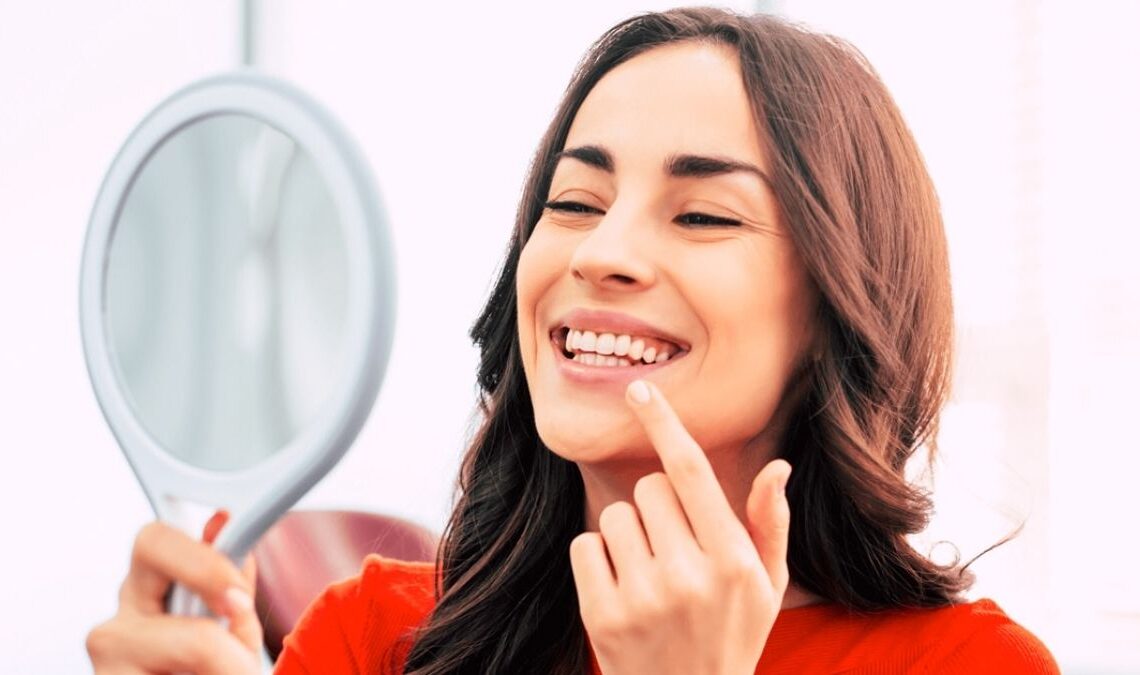Teeth whitening is something more folks are aiming for nowadays. They want a grin that’s gleaming and filled with confidence. With many choices available for teeth whitening, it’s important to consider how your daily habits influence your teeth look.
One big thing that impacts the whiteness of your teeth is what you eat. Certain foods and drinks like coffee, tea, red wine, and dark berries can lead to staining over time. Smoking is another habit that can make your teeth turn yellow, and it can bring on a whole host of other problems with your oral health.
Aside from what you consume and smoke, other every day habits can change how your teeth look. Not keeping your mouth clean can lead to plaque and tartar buildup, making your teeth seem lackluster and stained. Stress also plays a part; it can cause teeth grinding or jaw clenching, wearing away at the enamel.
In this guide, we’ll delve into typical lifestyle habits that can affect the whiteness and health of your teeth.
Understanding Teeth whitening
Teeth whitening is a cosmetic dental process that uses various methods to eliminate stains and discoloration from teeth. It’s a well-liked procedure that enhances teeth’ look and boosts self-confidence.
Different Types of Teeth Whitening Procedures
In-Office Teeth Whitening
In-office teeth whitening is carried out by a dental expert in a dental clinic. It involves using a potent bleaching gel applied to your teeth. This gel is activated using a special light or laser, speeding up the whitening process.
In-office teeth whitening is often pricier than at-home options, but it is more effective and offers quicker results.
At-Home Teeth Whitening
At-home teeth whitening includes over-the-counter products such as whitening toothpaste, strips, and trays. These products contain a lower concentration of bleaching agents than in-office treatments.
At-home teeth whitening products is typically more affordable than in-office procedures, though achieving the desired results might take longer. It’s essential to follow the instructions carefully to avoid damaging your teeth or gums.
Lifestyle Habits That Impact Tooth Color
Tooth discoloration is a common problem for many. While genetics and aging can’t be controlled, daily habits can significantly influence tooth color. In this section, we’ll explore the everyday habits that can affect your tooth color.
Dietary Habits
What you eat and drink can significantly impact your tooth color. Certain foods and beverages can stain teeth, causing discoloration over time. Some common culprits include:
– Coffee and tea
– Red wine
– Dark-colored fruits and vegetables like berries and beets
– Sugary and acidic foods and drinks such as soda and candy
To minimize the impact of these dietary habits, it’s recommended to rinse your mouth with water after consuming these items. Additionally, using a straw when drinking can help reduce contact with your teeth.
Smoking and Alcohol Use
Smoking and alcohol consumption are two significant lifestyle habits that can negatively affect tooth color. Smoking can lead to yellow or brown teeth, while alcohol can cause discoloration and staining.
To prevent tooth discoloration caused by these habits, it’s advisable to quit smoking and limit alcohol intake. Maintaining good oral hygiene habits, such as regular brushing and flossing, can also help minimize the impact of these habits on tooth color.
In summary, lifestyle habits play a vital role in tooth color. Being mindful of dietary habits, quitting smoking, and moderating alcohol consumption can help individuals prevent tooth discoloration and maintain a white, healthy smile.
Benefits of Teeth Whitening
Teeth whitening offers numerous advantages to those seeking to enhance their smile. Here are some of the benefits:
Boosts Self-Confidence
Having discolored or yellow teeth can make individuals feel self-conscious and insecure about their smile. Teeth whitening can improve the appearance of teeth, resulting in a brighter and more confident smile, and making individuals feel more comfortable in social situations.
Enhances Appearance
Teeth whitening can help remove stains and discoloration caused by lifestyle habits like smoking and consuming coffee, tea, or wine. A brighter smile can enhance one’s overall appearance, making them appear healthier and more youthful.
Improves Oral Health
Teeth whitening can eliminate plaque and tartar buildup, which can contribute to gum disease and tooth decay. It can improve oral health and reduce the risk of dental issues in the future.
Cost-Effective
Teeth whitening provides long-lasting results. Compared to other cosmetic dental procedures, teeth whitening is a relatively affordable option for those looking to improve their smile’s appearance.
Non-Invasive
It is a non-invasive cosmetic dental treatment that doesn’t require surgery or invasive procedures. Individuals can achieve a brighter smile without undergoing painful or uncomfortable treatments.
In summary, teeth whitening offers numerous benefits to those looking to enhance their smile. From boosting self-confidence to improving oral health, it is a safe and effective cosmetic dental treatment that delivers long-lasting results.
Possible Risks and Complications
Teeth whitening is generally considered safe, but like any medical treatment, it carries some risks and potential complications. Before undergoing any whitening treatment, it’s important to discuss potential risks with a dental professional.
Sensitivity
One of the most common side effects of teeth whitening is sensitivity. Whitening products contain bleaching agents that irritate tooth nerves, causing temporary sensitivity to hot and cold temperatures. This sensitivity usually subsides within a few days or weeks after treatment.
To reduce the risk of sensitivity, it’s important to follow the instructions provided by the dental professional or product manufacturer. Overusing whitening products or using higher bleaching agent concentrations can increase sensitivity risk.
Gum Irritation
Another potential complication of teeth whitening is gum irritation. Whitening products can irritate the gums, leading to redness, swelling, discomfort, and possible bleeding.
To minimize the risk of gum irritation, using teeth whitening products as directed and avoiding contact with the gums is crucial. Some products come with applicators designed to prevent gum contact.
If gum irritation occurs, it’s important to cease product use and contact a dental professional. In most cases, irritation resolves within a few days.
Maintaining Your Radiant Smile
Teeth whitening is a sought-after cosmetic dental procedure that can give you a brighter, more confident smile. However, its effects aren’t permanent, and your daily habits significantly impact how long your smile stays white. Here are some tips for maintaining your radiant smile.
Oral Hygiene Practices
Maintaining a white smile necessitates good oral hygiene. Brush your teeth twice daily with fluoride toothpaste and floss daily to remove surface stains and prevent plaque buildup. Using a whitening toothpaste can help maintain tooth whiteness .
Besides brushing and flossing, other oral hygiene practices can help keep your smile white. Mouthwash can kill bacteria, causing bad breath and staining. Chewing sugar-free gum after meals stimulates saliva production, neutralizing mouth acids and washing away food particles that can cause staining.
Regular Dental Check-ups
Regular dental check-ups play a crucial role in keeping your smile healthy and vibrant, while also helping maintain your teeth’ whiteness. When you have a dental cleaning, your dentist can skillfully remove surface stains and polish your teeth to retain their natural whiteness.
Moreover, your dentist can spot any underlying issues causing discoloration, such as cavities or gum problems. Addressing these concerns promptly can prevent further staining and uphold the radiance of your smile.
The Bottom Line
In summary, teeth whitening is a sought-after cosmetic procedure for enhancing dental appearance. Nevertheless, it’s important to acknowledge that lifestyle choices influence the effectiveness and durability of teeth whitening treatments.
Habits like smoking and consuming dark-colored foods and beverages can lead to teeth staining, diminishing the effectiveness of whitening treatments. Conversely, consistent oral hygiene practices, including regular brushing and flossing, can contribute to maintaining clean and radiant teeth.
Furthermore, it’s imperative to consult with a dental professional before undergoing any teeth whitening treatments. They can recommend the most suitable treatment option and offer guidance on sustaining the results.




